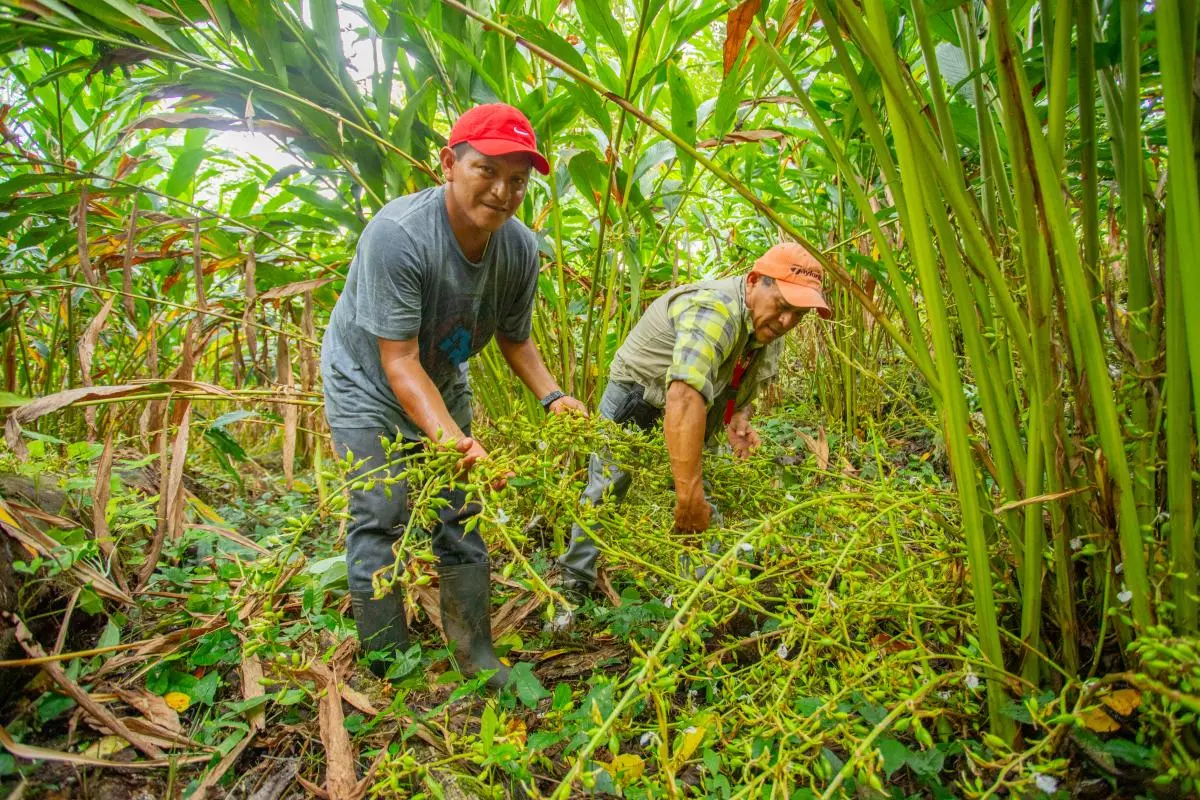Projects
I base my research in sound experimental design and appropriate statistical analysis. I am an avid R user and leverage the language for statistical analysis and data visualization.
Methods I use in my current research include media-dependent (culturing) and -independent (amplicon and shotgun metagenomics) microbiome characterization, bioinformatics, germination modelling, and machine learning.
Alopecurus myosuroides-associated microorganisms
Alopecurus myosuroides is an economically-important weed species in the United Kingdom and Europe (Varah et al. 2020). Some populations have developed resistance to herbicides and novel methods of control are needed for this weed (Menchari et al. 2006).
Microorganisms can play an important role in plant health, but seed-associated microorganisms have often been overlooked – especially in weed species. My research intends to determine how microorganisms affect A. myosuroides seed persistence in the soil seed bank. My research is facilitated by Dr. Thomas Holloway at Syngenta.


Soil fertilizer recommendation for Guatemalan cardamom farmers
Guatemala is the largest producer of cardamom in the world (World Bank 2025) but improvements in management of the crop can be made. Led by Dr. Rolando Cifuentes at Universidad del Valle de Guatemala, a large-scale soil sampling and soil analysis research project seeks to develop fertilizer recommendations for green cardamom (Elettaria cardamomum) to maximize profits for producers.
 {Two Guatemalan farmers harvesting cardamom}
{Two Guatemalan farmers harvesting cardamom}
Weed endozoochory in a Brazilian context
Led by Prof. Carlos Schaedler of Sul-Rio-Grandense Federal Institute of Education, Science and Technology (IFSul), this research project uses animal studies and time-to-event analysis to investigate the transport of weed seeds by both wild and domestic animals in the south of Brazil with a focus on the spread of herbicide resistance.
